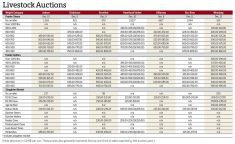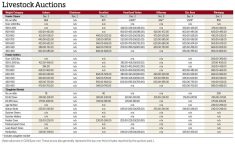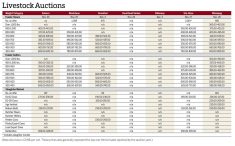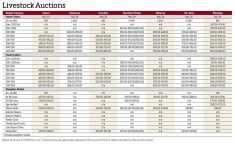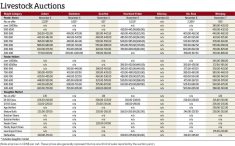Activity at Manitoba’s cattle auction yards was subdued during the week ended May 26. The Victoria Day long weekend marks the unofficial start of summer and movement slows down for the season.
Prices remained strong, especially for butcher cows, which accounted for most of the trade at some yards.
“Butcher cows continue to hit new heights,” Winnipeg Livestock Sales said in its weekly report.
D1 and D2 cows were fetching $125 to $162 per hundredweight around the province. Prices at the same time a year ago were closer to $100/cwt.
Read Also
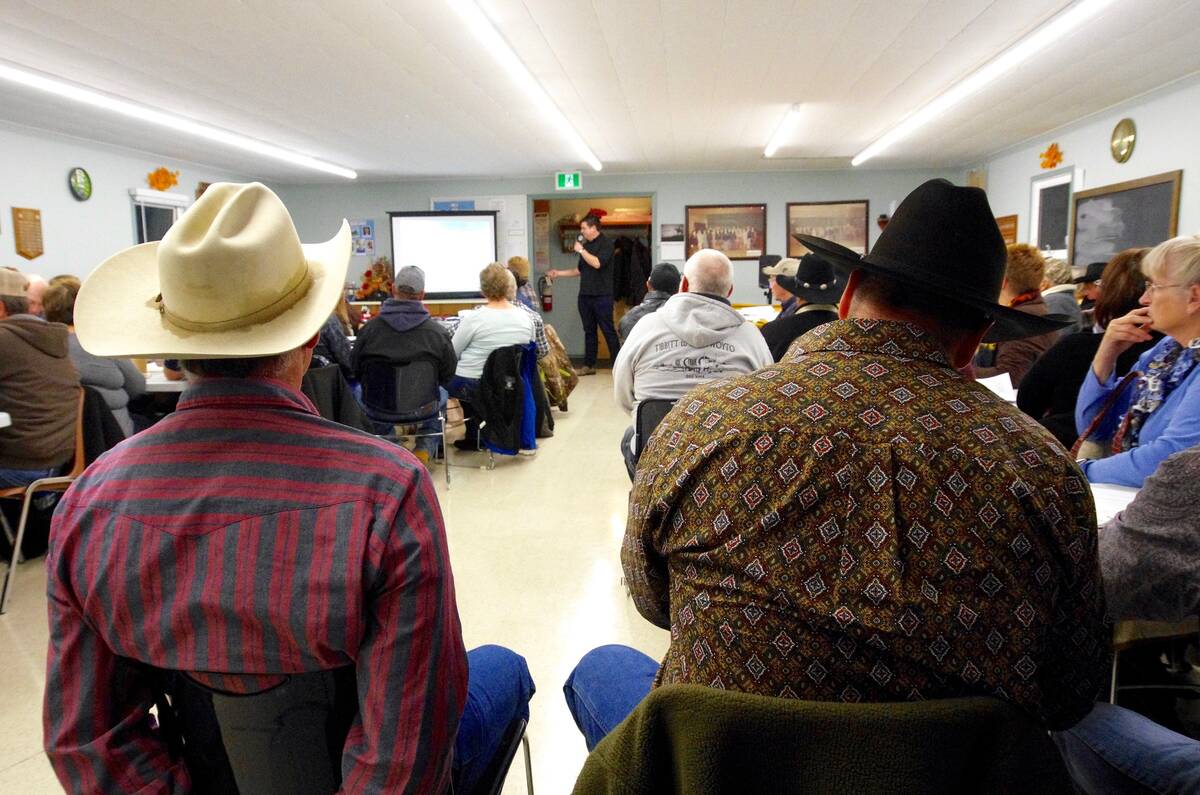
Don’t blow off that beef producer meeting
Local veterinarians and livestock experts often speak at beef producer group events. They have good advice for the farmer on vaccines, calving, beef herd management and more.
Live cattle futures in the United States were trading at some of their highest levels ever, only a few dollars short of the record prices set in 2014, and that strength is working its way into all aspects of the cattle trade.
“It’s that time where these burger cattle get a little more attractive,” said Brad Kehler of Grunthal Auction Mart, referring to strength in the cow market.
Some classes of butcher cattle were also being bought by other cow-calf producers to supplement their own herds.
“We’re looking forward to a good summer and a pretty exciting fall,” Kehler said of the strength in the market. “Grass calves are in high demand,” he added, noting “the cattle market in general is looking healthy.”
Grunthal will hold sales throughout the summer, although many yards will take time off or operate at reduced capacity.
“Feeder numbers will get thinner … but we should be fairly steady throughout the summer,” Kehler said.
Feeder steers in the 400- to 500-lb. weight category traded from $235 to $399/cwt. during the week, while heifers of the same weight topped out at $333. That compares with the previous year when top-end bids were about $100/cwt. lower.
Feed prices are generally lower than they were at the same time last year, while hay and pasture are also in decent shape. That should add to optimism in the cattle markets.
“Pasture conditions are looking favourable and we have enough ground moisture that there will be some good first-cut hay,” Kehler said.




